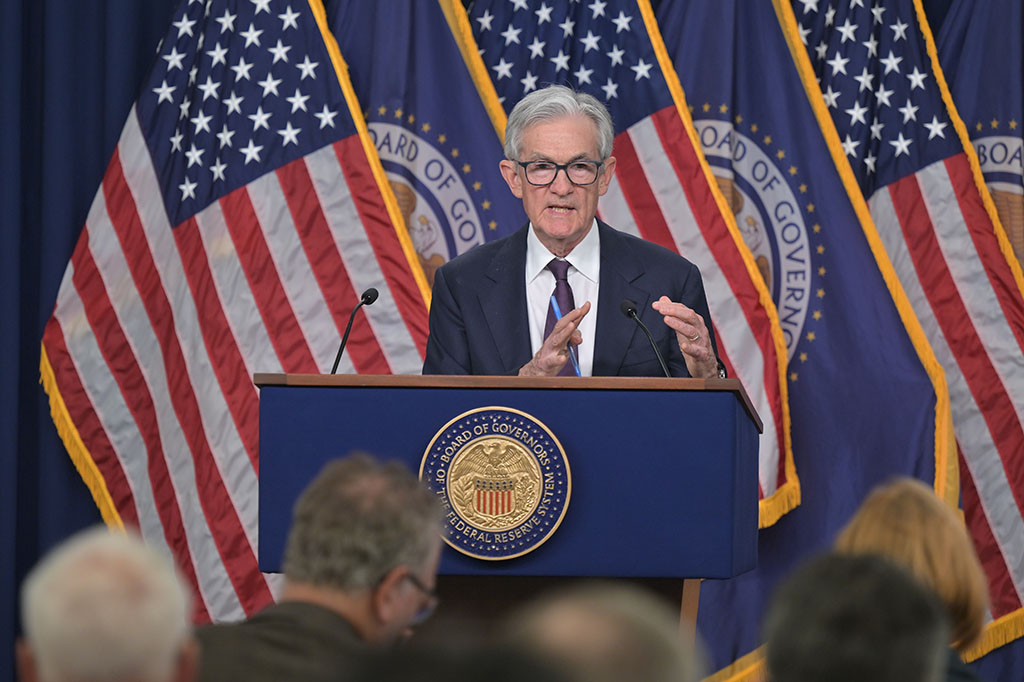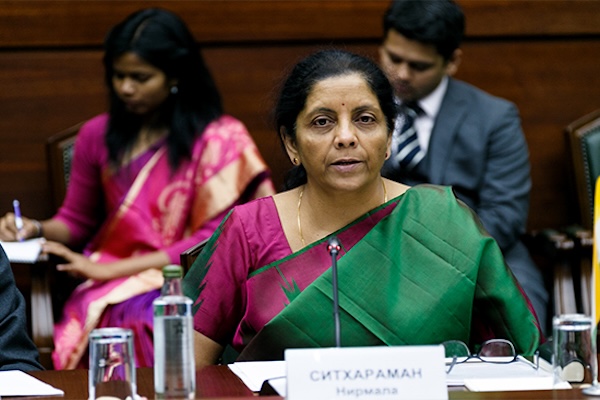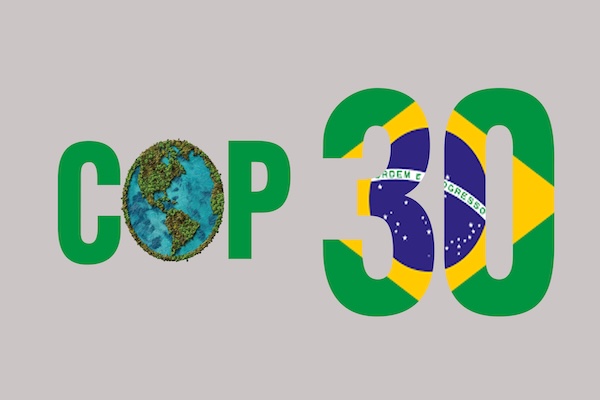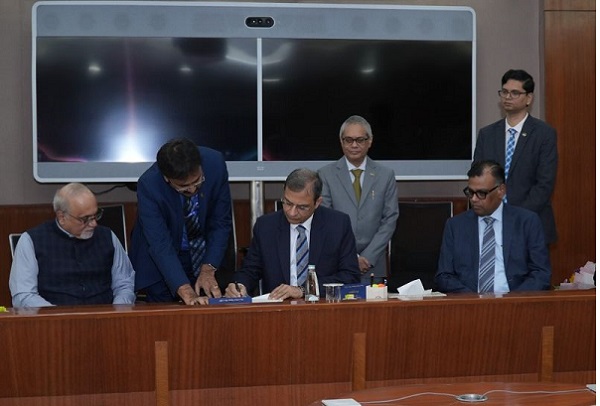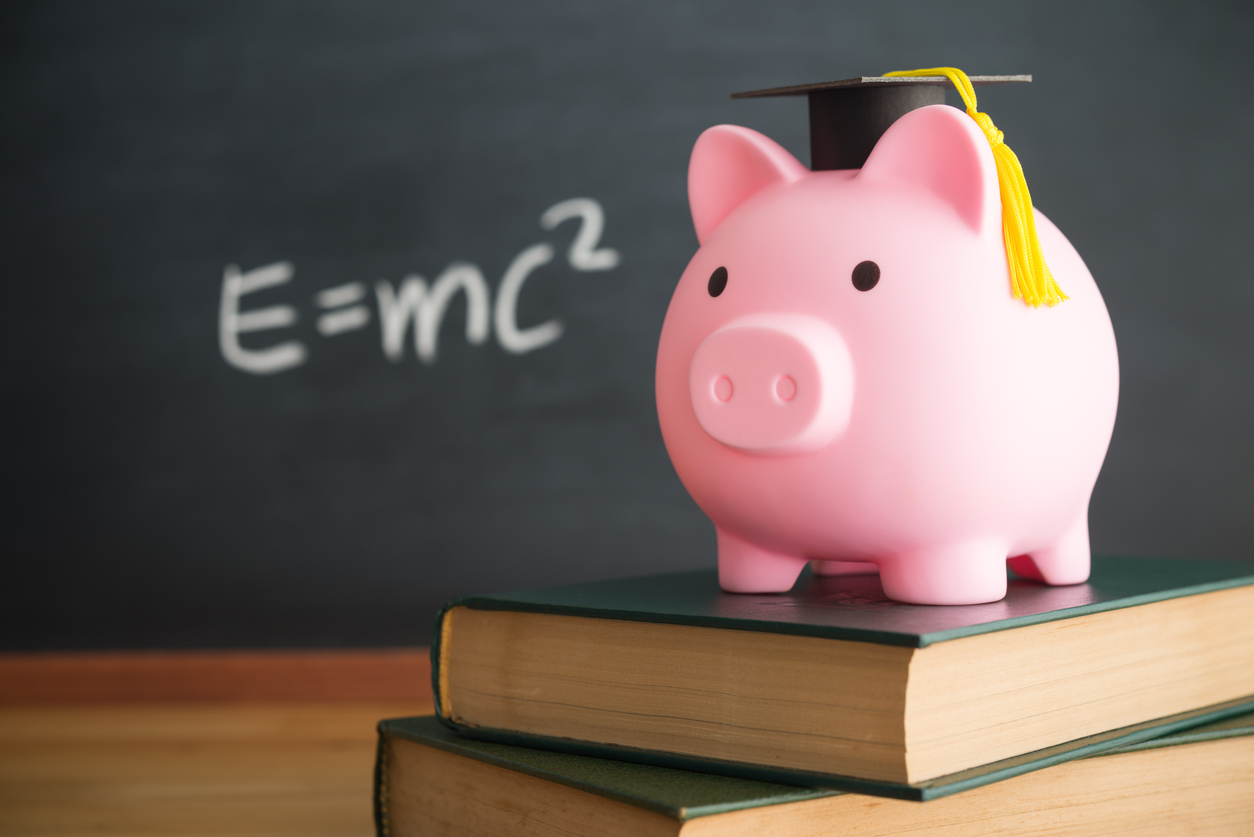.png)
May 8, 2025 at 1:12 AM IST
The US Federal Reserve in its latest policy meeting on Wednesday kept interest rates unchanged, maintained the benchmark federal funds rate in the range of 4.25% to 4.50%. Amid growing uncertainty driven largely by President Donald Trump's tariff policies and geopolitical tensions, Fed Chair Jerome Powell emphasised a “wait-and-see” stance, underscoring the rising risks to both inflation and unemployment.
The Federal Open Market Committee acknowledged a shift in the economic landscape since its previous meeting in March, noting increased ambiguity surrounding the outlook. While the Fed still sees ongoing job gains and a “solid pace” of overall economic growth, it warned that the balance of risks has tilted—suggesting a possible scenario of stagflation, marked by sluggish growth coupled with elevated inflation.
In his press conference, Powell offered a cautious assessment of the road ahead. “It’s not at all clear what the appropriate response for monetary policy is at this time,” he said, citing the uncertainty surrounding trade negotiations and tariff implementations. Trump’s recent imposition of unexpectedly steep tariffs on April 2, which Powell described as “substantially larger than anticipated,” have made the Fed’s forecasting job significantly more difficult.
The central bank chief was candid in admitting that policymakers are effectively in limbo. “I don’t think we can say which way this will shake out,” Powell remarked, referring to both the potential economic fallout from the trade war and the Fed’s appropriate course of action. “There’s just so much that we don’t know.”
Despite mounting political pressure—including President Trump’s vocal calls for lower interest rates—Powell reiterated that the Fed’s decisions remain data-driven. “We are always going to use our tools to foster maximum employment and price stability,” he said, asserting the Fed’s independence from political influence.
Powell highlighted that while the economy has shown resilience, much of the recent volatility—such as the first-quarter dip in GDP—was due to businesses stockpiling imports ahead of anticipated tariffs. Domestic demand remains healthy, but longer-term risks loom if current trade tensions persist or escalate.
Market reaction was muted. Treasury yields ticked downward, signaling that investors are factoring in slower growth and a prolonged pause in rate moves. The Fed’s reluctance to commit to easing monetary policy—even amid rising risks—suggests that rate cuts remain off the table in the near term.
The Fed also made it clear that fiscal matters remain outside its purview. When asked about the ballooning US federal debt, Powell declined to offer guidance to Congress. “It’s on them to figure out how to get us back on a sustainable path,” he stated.
Powell stressed that trade talks, particularly with China and other key partners, could reshape the economic outlook. US Treasury Secretary Scott Bessent and Trade Representative Jamieson Greer are slated to meet Chinese officials in Switzerland, a summit that could potentially recalibrate global economic expectations.
When asked if the Fed was concerned about meeting its mandate goals amid current conditions, Powell acknowledged that if tariffs remain in place at current levels, the central bank may not make further progress on inflation or employment targets over the next year. “We might see a delay,” he noted.
Powell refused to prioritize one side of the Fed’s dual mandate—maximum employment or price stability—saying it was “too early to know” which should take precedence.
